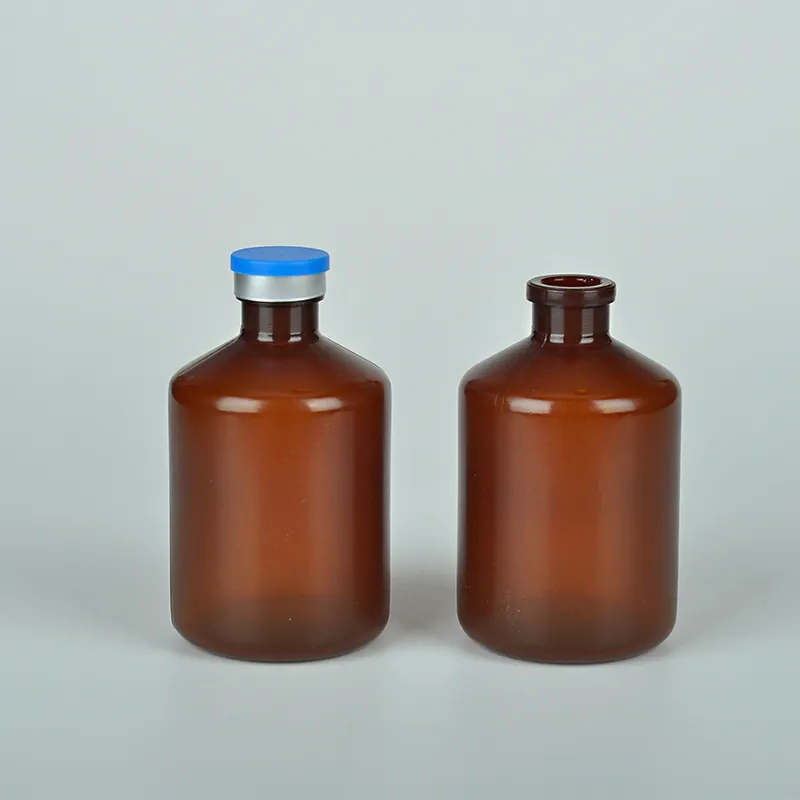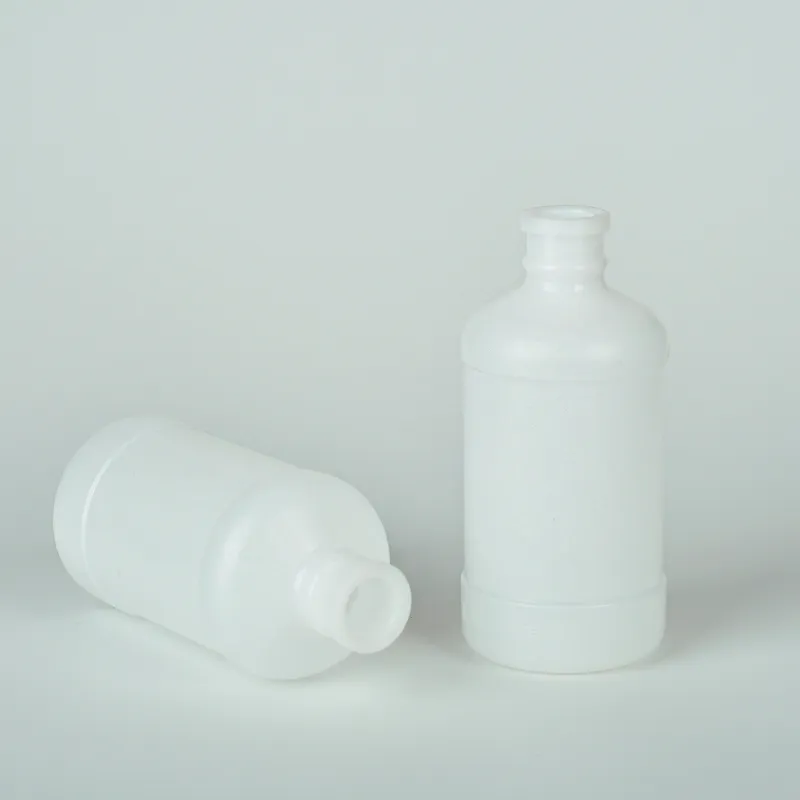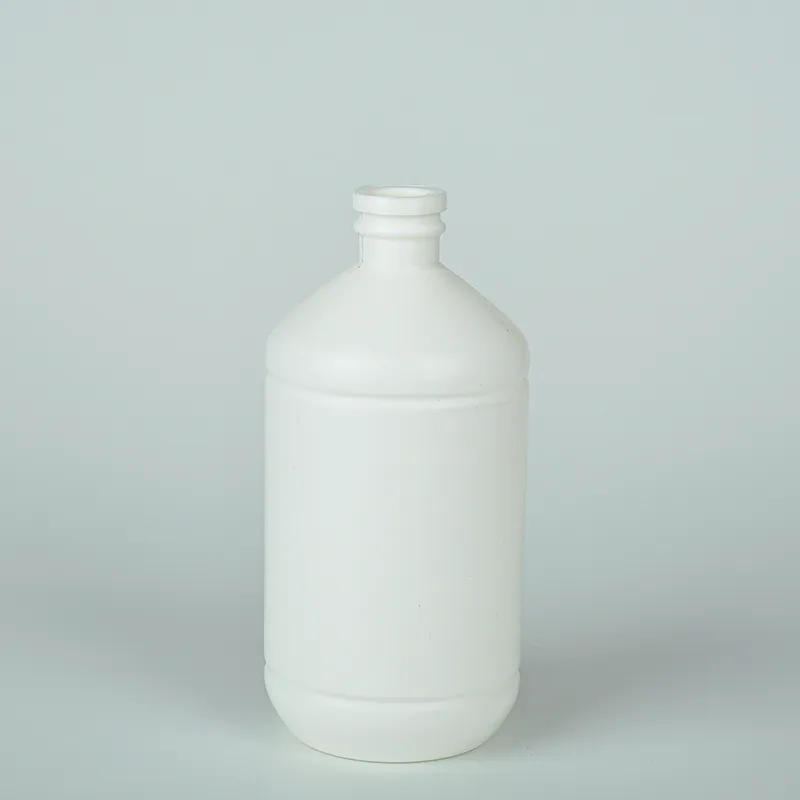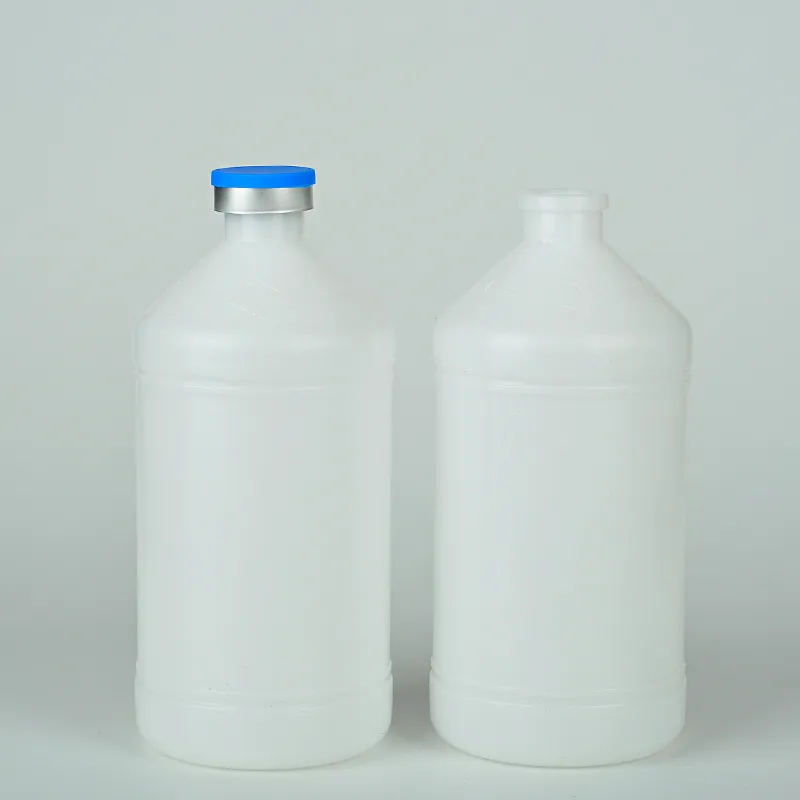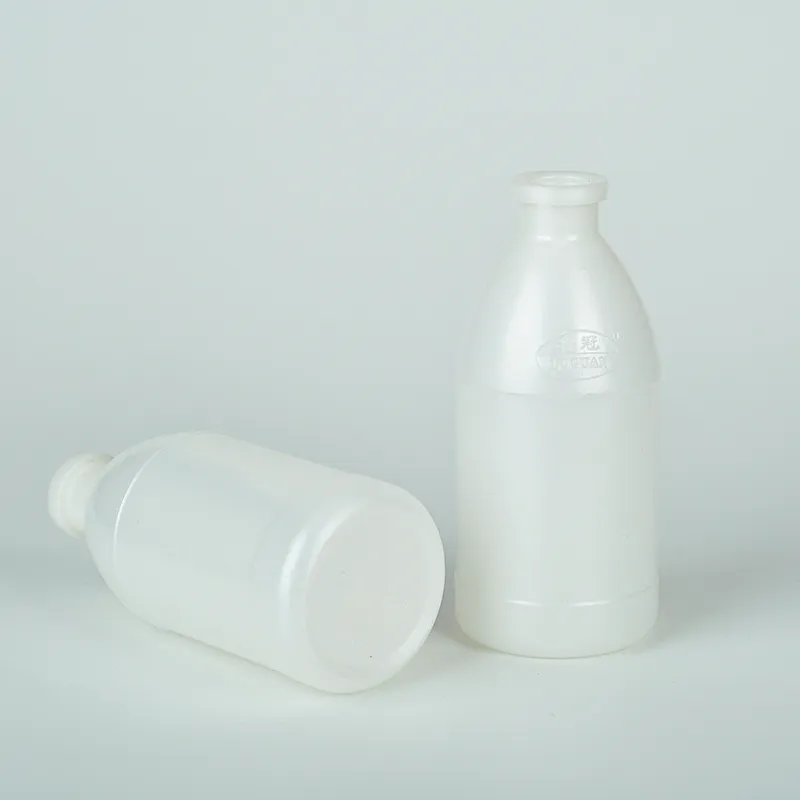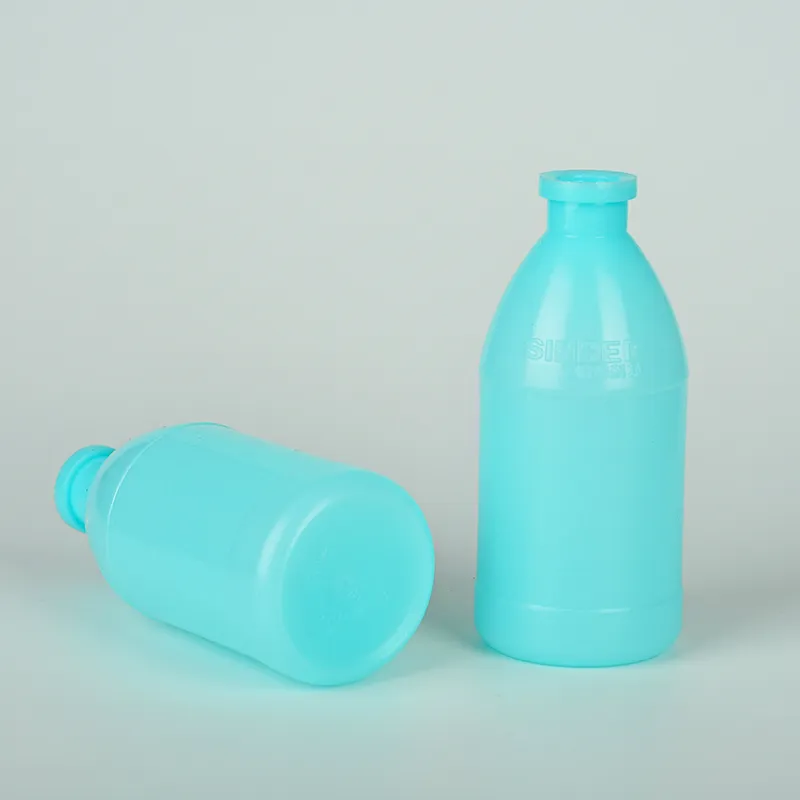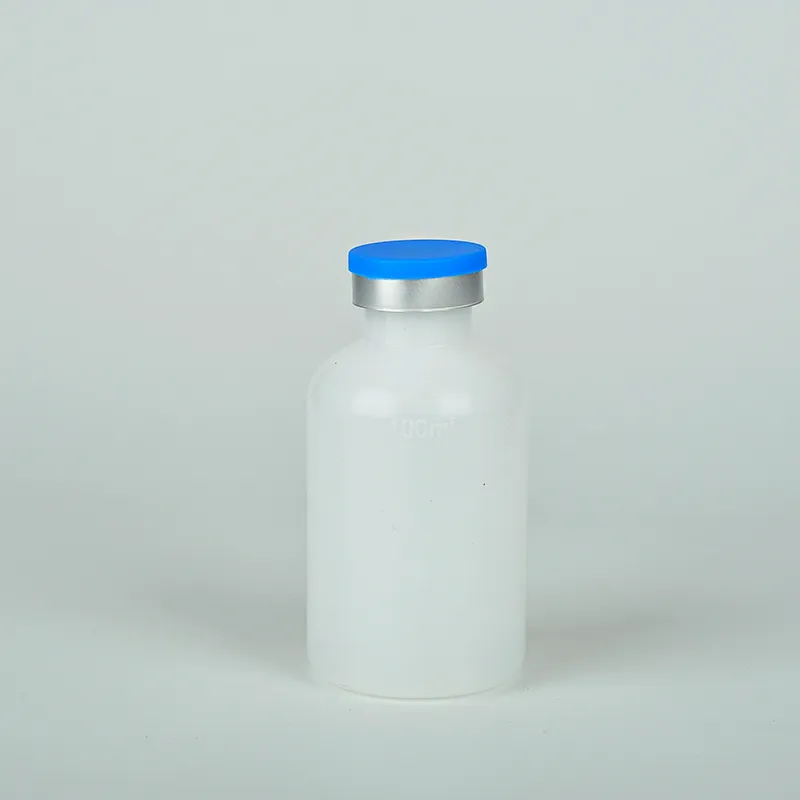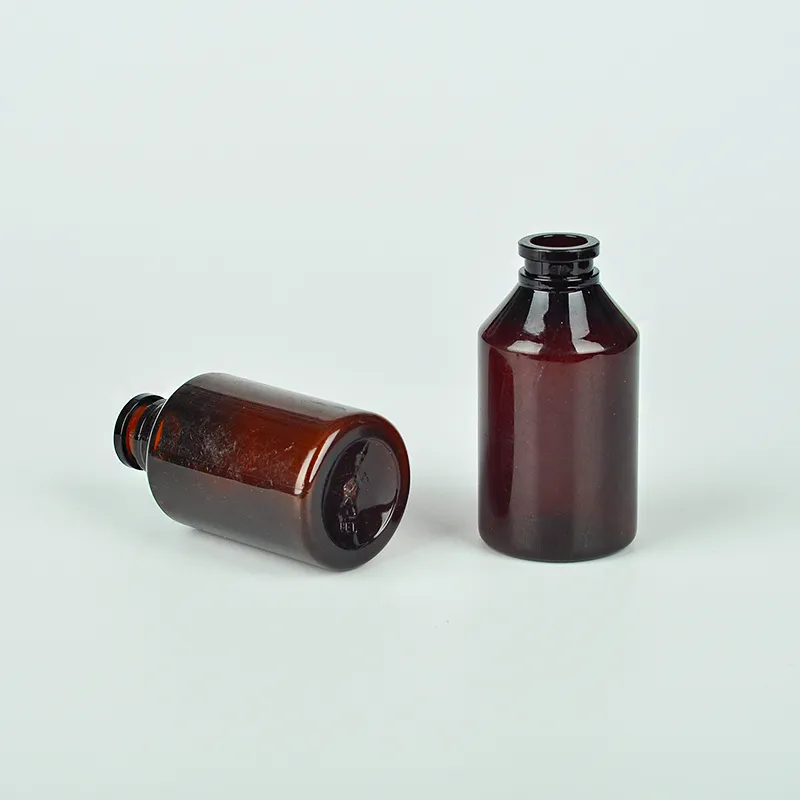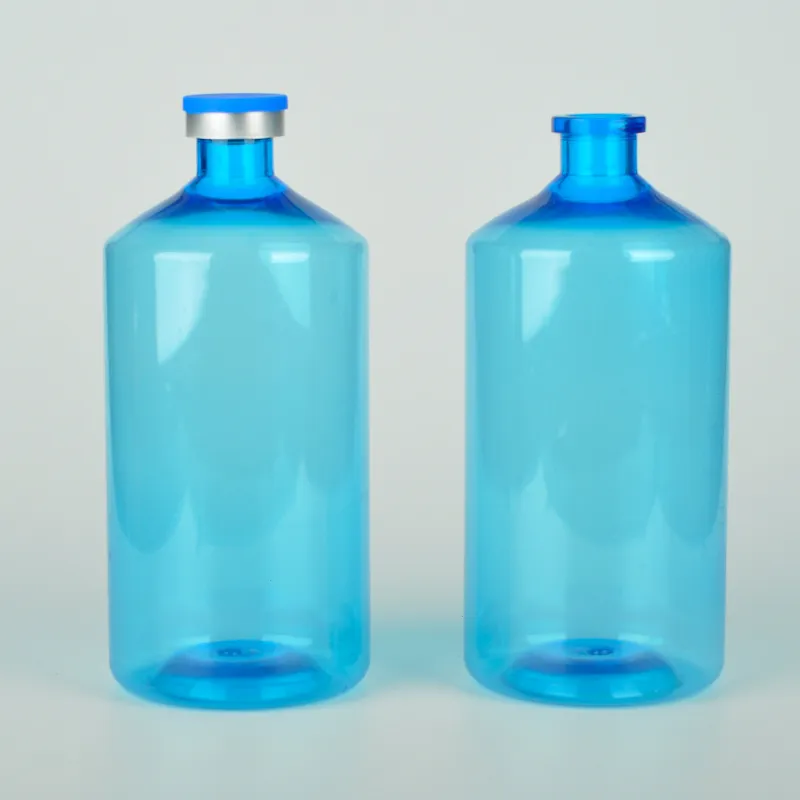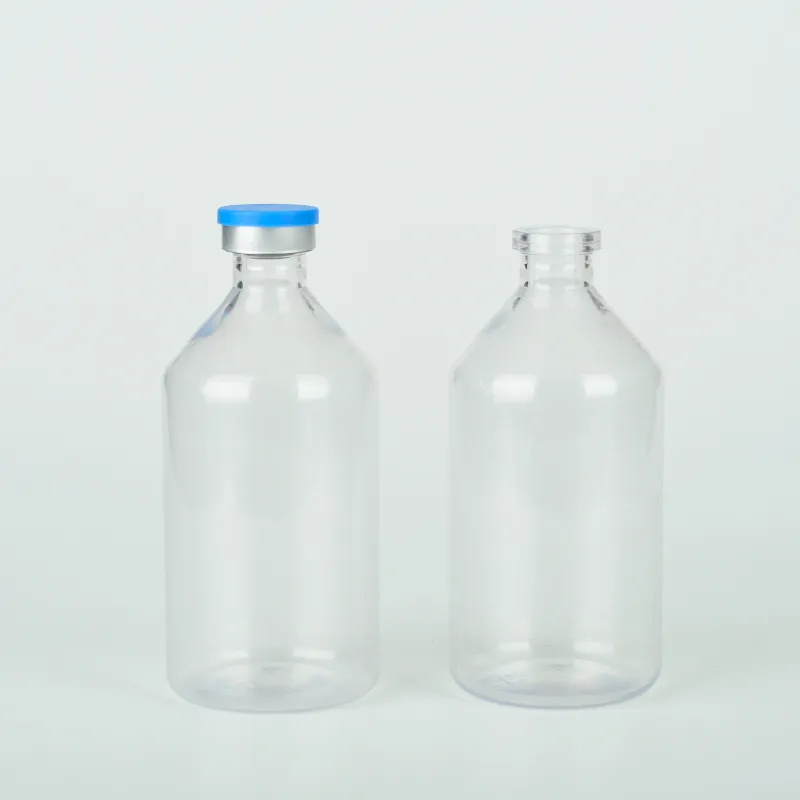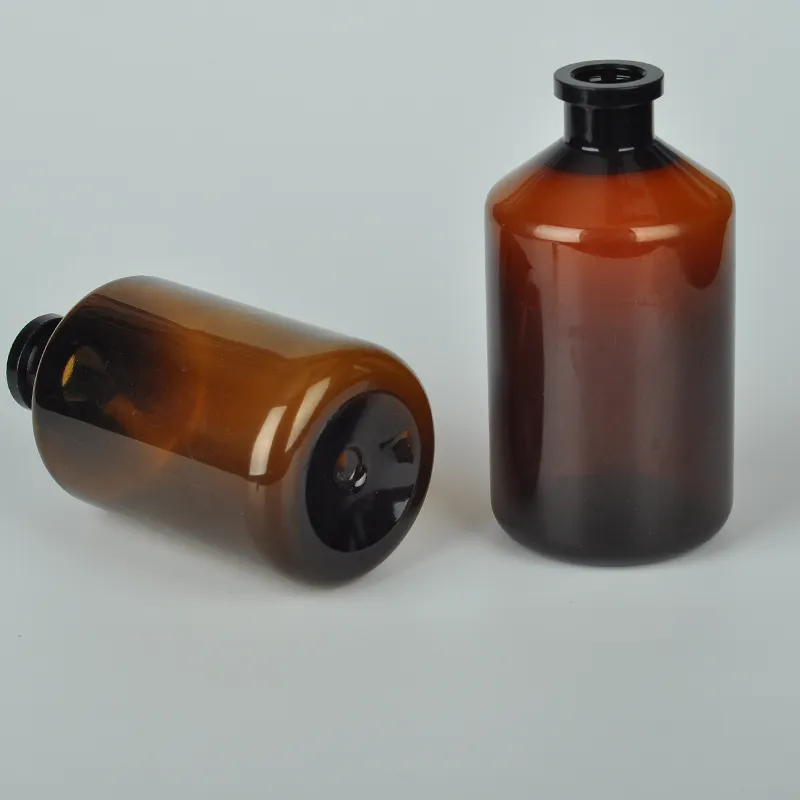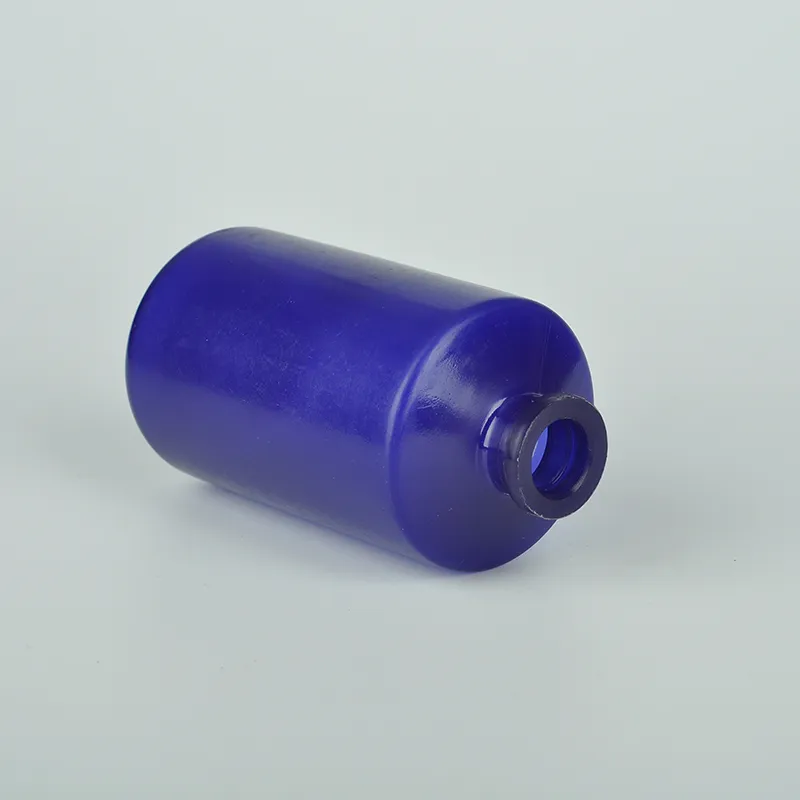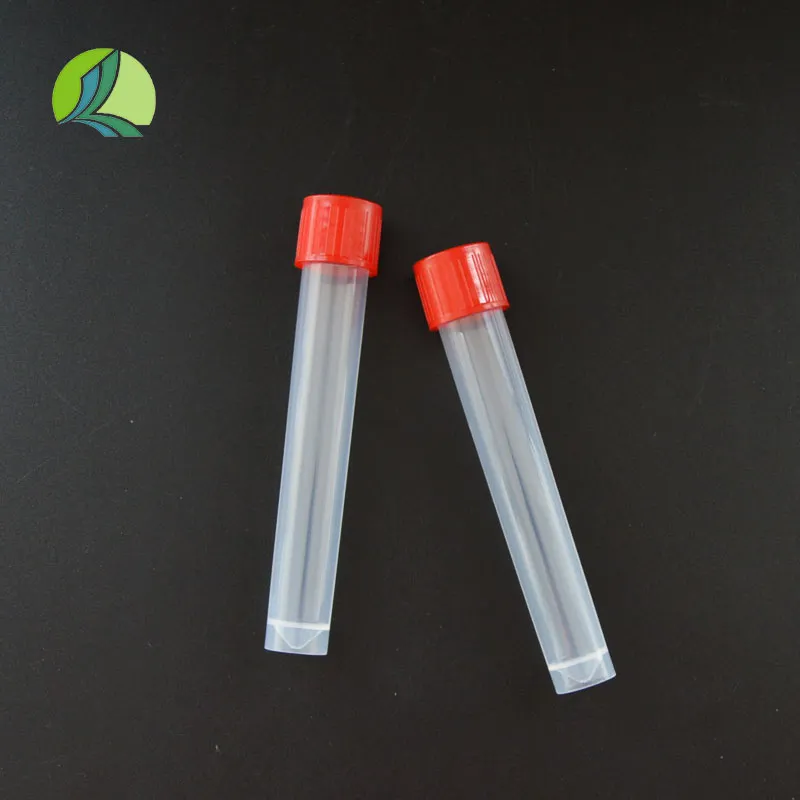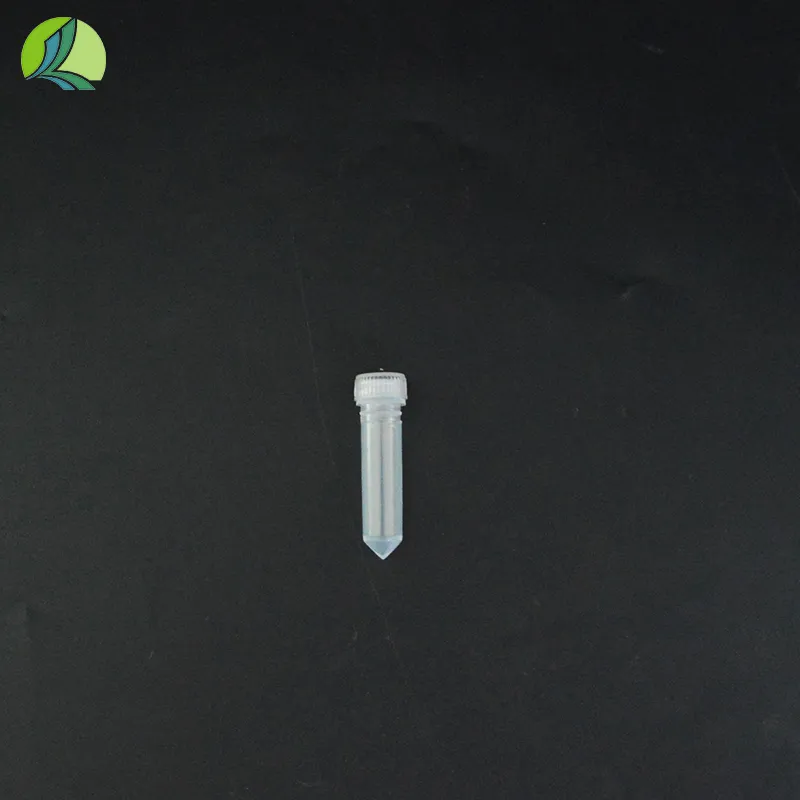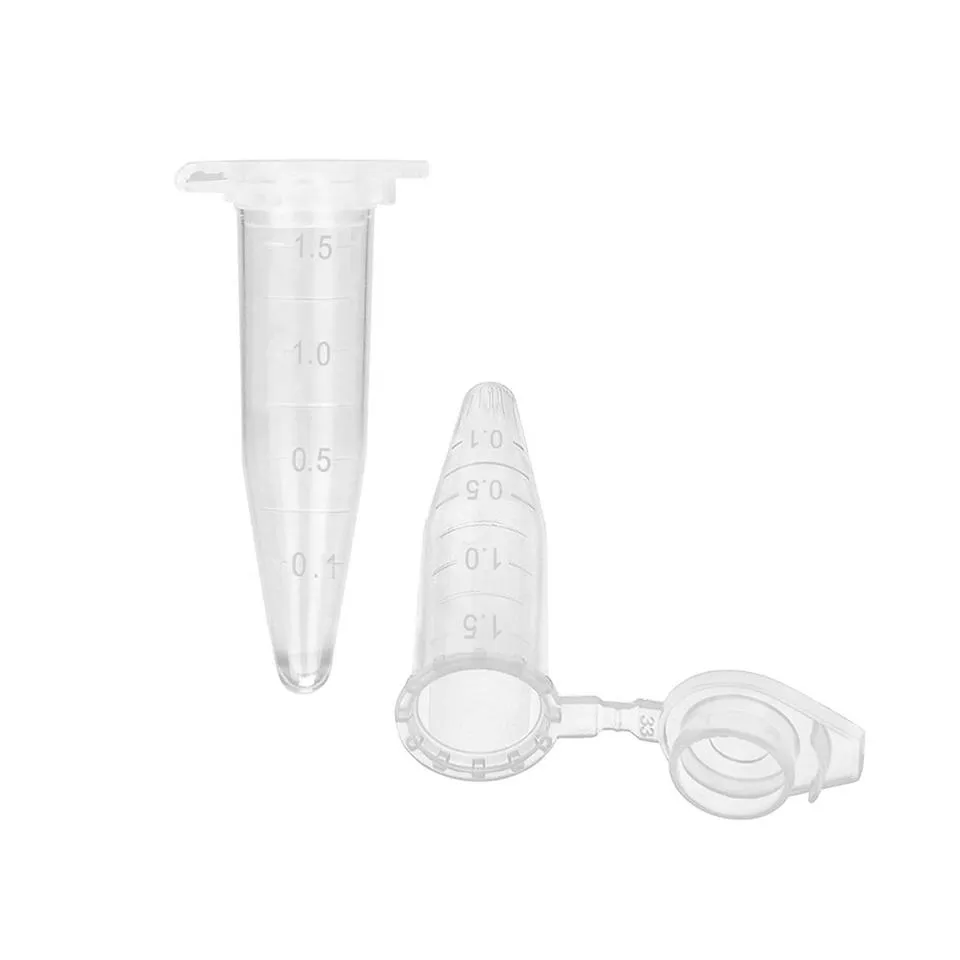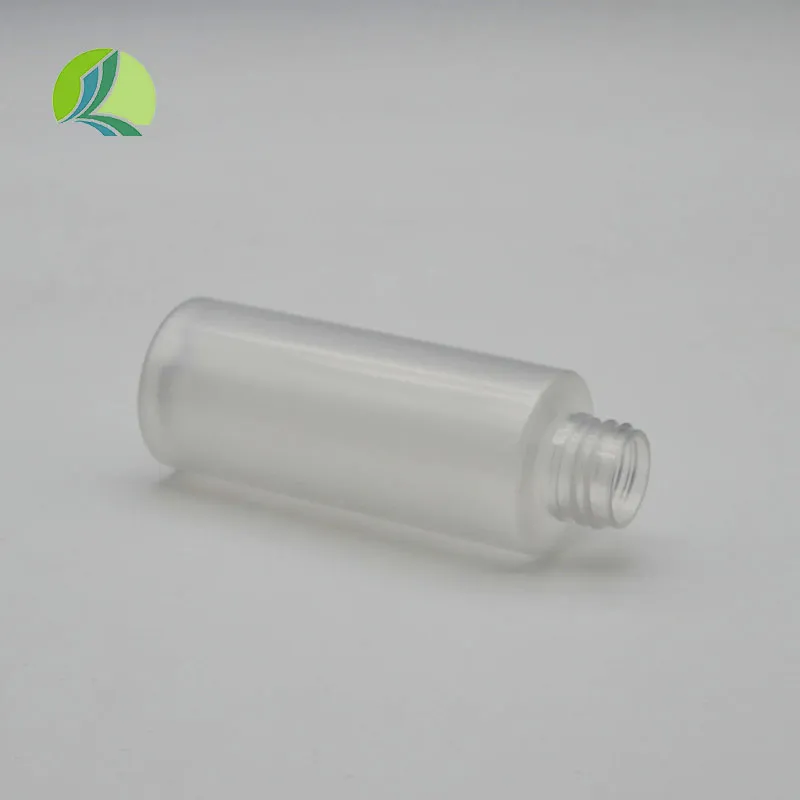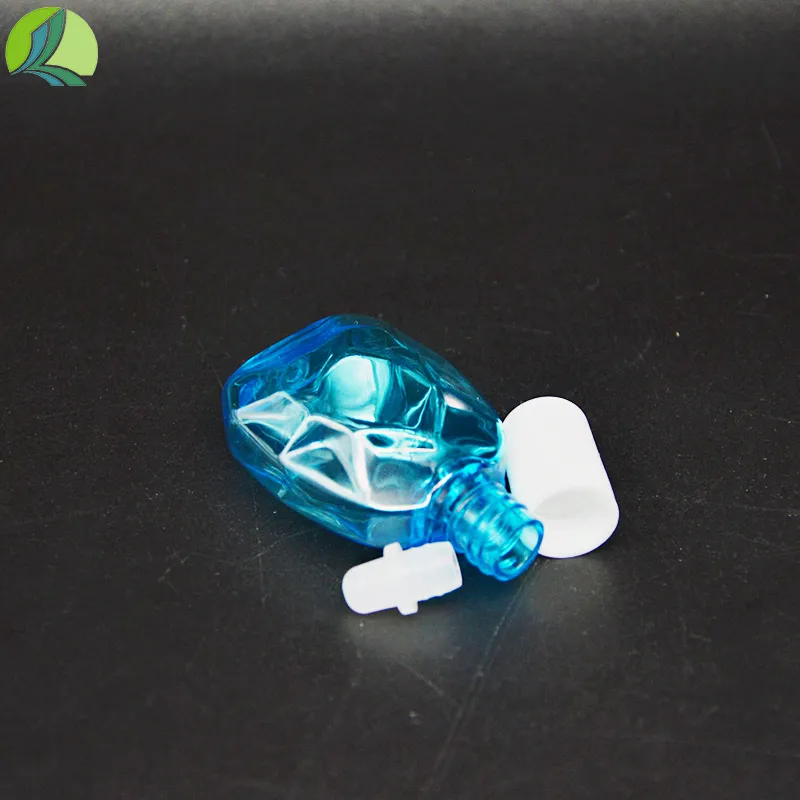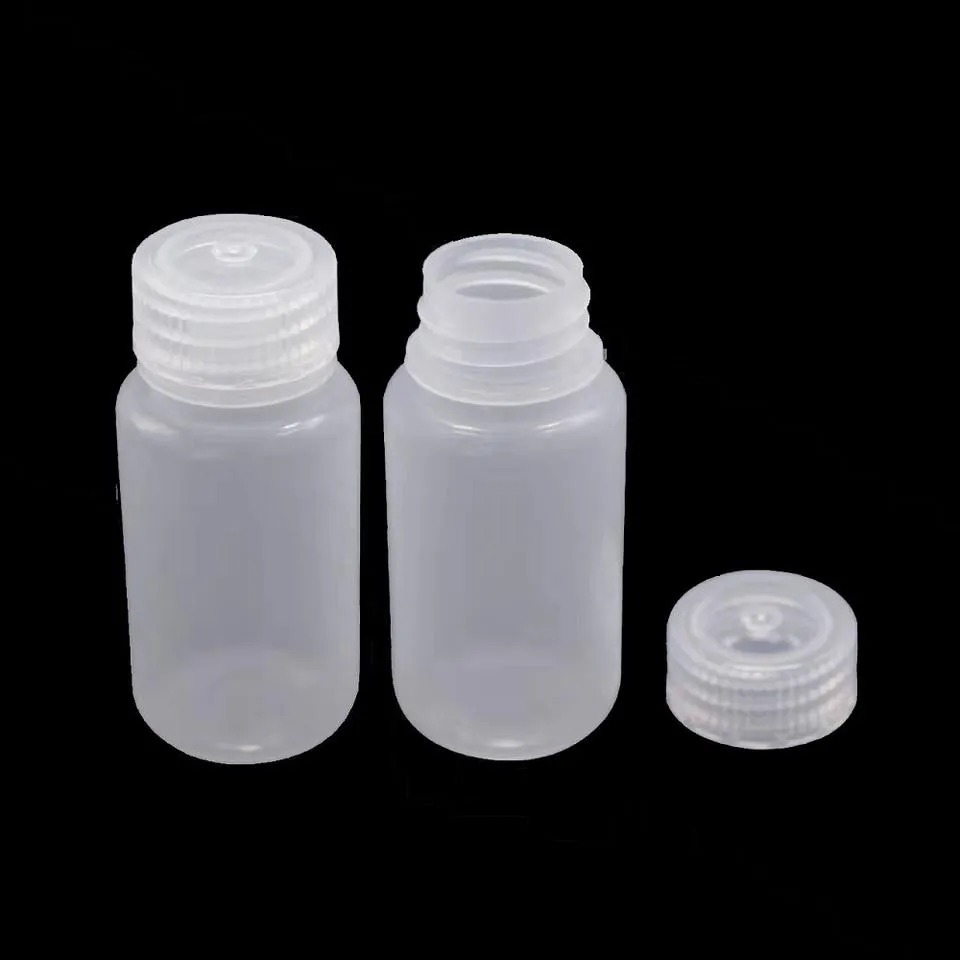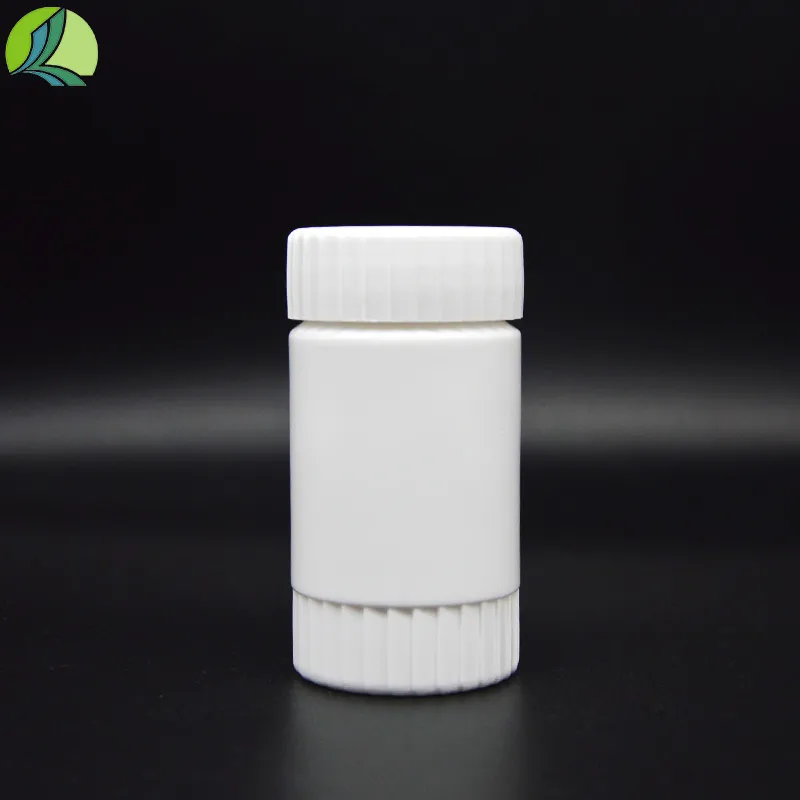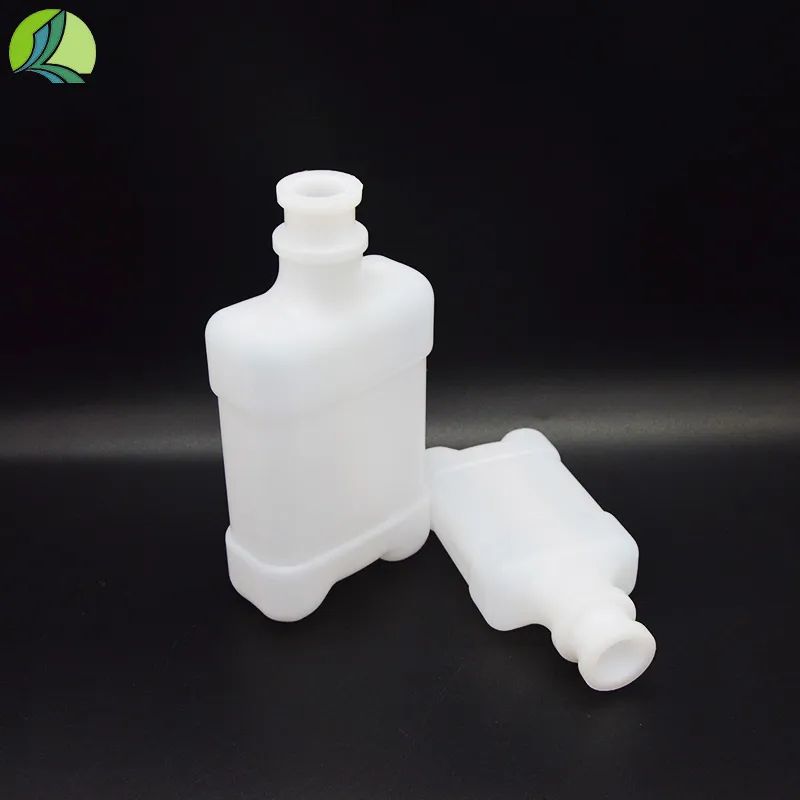
-
 Afrikaans
Afrikaans -
 Albanian
Albanian -
 Amharic
Amharic -
 Arabic
Arabic -
 Armenian
Armenian -
 Azerbaijani
Azerbaijani -
 Basque
Basque -
 Belarusian
Belarusian -
 Bengali
Bengali -
 Bosnian
Bosnian -
 Bulgarian
Bulgarian -
 Catalan
Catalan -
 Cebuano
Cebuano -
 Corsican
Corsican -
 Croatian
Croatian -
 Czech
Czech -
 Danish
Danish -
 Dutch
Dutch -
 English
English -
 Esperanto
Esperanto -
 Estonian
Estonian -
 Finnish
Finnish -
 French
French -
 Frisian
Frisian -
 Galician
Galician -
 Georgian
Georgian -
 German
German -
 Greek
Greek -
 Gujarati
Gujarati -
 Haitian Creole
Haitian Creole -
 hausa
hausa -
 hawaiian
hawaiian -
 Hebrew
Hebrew -
 Hindi
Hindi -
 Miao
Miao -
 Hungarian
Hungarian -
 Icelandic
Icelandic -
 igbo
igbo -
 Indonesian
Indonesian -
 irish
irish -
 Italian
Italian -
 Japanese
Japanese -
 Javanese
Javanese -
 Kannada
Kannada -
 kazakh
kazakh -
 Khmer
Khmer -
 Rwandese
Rwandese -
 Korean
Korean -
 Kurdish
Kurdish -
 Kyrgyz
Kyrgyz -
 Lao
Lao -
 Latin
Latin -
 Latvian
Latvian -
 Lithuanian
Lithuanian -
 Luxembourgish
Luxembourgish -
 Macedonian
Macedonian -
 Malgashi
Malgashi -
 Malay
Malay -
 Malayalam
Malayalam -
 Maltese
Maltese -
 Maori
Maori -
 Marathi
Marathi -
 Mongolian
Mongolian -
 Myanmar
Myanmar -
 Nepali
Nepali -
 Norwegian
Norwegian -
 Norwegian
Norwegian -
 Occitan
Occitan -
 Pashto
Pashto -
 Persian
Persian -
 Polish
Polish -
 Portuguese
Portuguese -
 Punjabi
Punjabi -
 Romanian
Romanian -
 Russian
Russian -
 Samoan
Samoan -
 Scottish Gaelic
Scottish Gaelic -
 Serbian
Serbian -
 Sesotho
Sesotho -
 Shona
Shona -
 Sindhi
Sindhi -
 Sinhala
Sinhala -
 Slovak
Slovak -
 Slovenian
Slovenian -
 Somali
Somali -
 Spanish
Spanish -
 Sundanese
Sundanese -
 Swahili
Swahili -
 Swedish
Swedish -
 Tagalog
Tagalog -
 Tajik
Tajik -
 Tamil
Tamil -
 Tatar
Tatar -
 Telugu
Telugu -
 Thai
Thai -
 Turkish
Turkish -
 Turkmen
Turkmen -
 Ukrainian
Ukrainian -
 Urdu
Urdu -
 Uighur
Uighur -
 Uzbek
Uzbek -
 Vietnamese
Vietnamese -
 Welsh
Welsh -
 Bantu
Bantu -
 Yiddish
Yiddish -
 Yoruba
Yoruba -
 Zulu
Zulu
28 Mouthfuls 100ml 25ml White Plastic Vaccine Vials for Lab & Vet
The global healthcare and veterinary sectors rely heavily on specialized containment solutions for sensitive biological materials. Among these, vials play a critical role in ensuring the integrity, safety, and efficacy of vaccines, laboratory reagents, and various liquid medicines. In an era demanding increasingly robust, secure, and cost-effective packaging, the evolution of plastic vials has marked a significant advancement. This article delves into the specific characteristics, manufacturing prowess, and diverse applications of the 28 Mouthfuls 100ml 25ml White Plastic Vaccine Vial Laboratory Veterinary Medicine Liquid Vial, a product designed to meet stringent industry demands, ensuring product stability and user safety.
The Evolving Landscape of Medical & Veterinary Packaging
The demand for pharmaceutical and veterinary packaging solutions continues to surge, driven by global health initiatives, increasing pet ownership, and advancements in biotechnological research. According to a report by Grand View Research, the global pharmaceutical packaging market size was valued at USD 111.4 billion in 2023 and is expected to grow at a compound annual growth rate (CAGR) of 8.9% from 2024 to 2030. Plastic packaging, in particular, is gaining traction due to its numerous advantages over traditional materials like glass, including enhanced durability, reduced weight, and lower risk of breakage. This shift is particularly pronounced for high-volume applications and for products requiring secure transport and handling in varied environments.
Within this dynamic market, vaccine vials and laboratory container111s are indispensable. Their primary function is to protect sensitive contents from external contaminants, light degradation, and physical damage, while also ensuring ease of dispensing and administration. The design and material selection for these vials are paramount, influencing everything from shelf-life to patient safety. The 28 Mouthfuls 100ml 25ml White Plastic Vaccine Vial Laboratory Veterinary Medicine Liquid Vial exemplifies a modern solution tailored to these critical requirements.
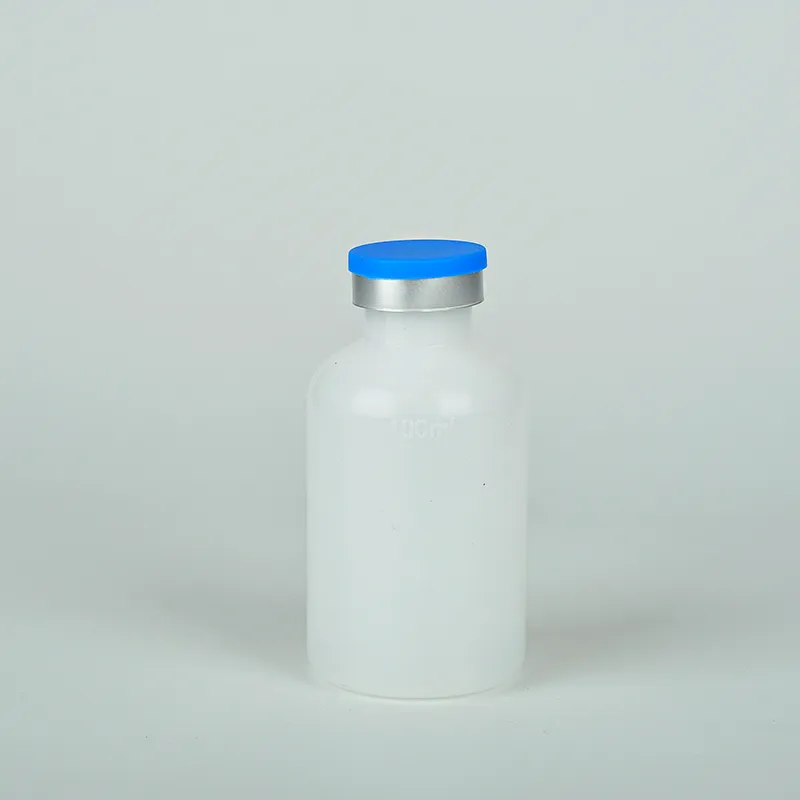
Understanding the 28 Mouthfuls 100ml 25ml White Plastic Vaccine Vial Laboratory Veterinary Medicine Liquid Vial: Technical Specifications & Features
This specialized vial is engineered for precision and reliability in handling sensitive liquids. Its designation, "28 Mouthfuls," implicitly refers to a specific, highly secure closure mechanism designed to prevent leakage and ensure tamper-evidence, critical for maintaining the sterility and efficacy of its contents. The dual capacity offerings – 100ml and 25ml – provide versatility for various dosage requirements, from single-dose vaccine preparations to larger volume laboratory reagents.
Key Technical Parameters:
- Material Composition: Typically manufactured from high-grade virgin polypropylene (PP) or high-density polyethylene (HDPE). These polymers are selected for their excellent chemical resistance, low extractables and leachables profiles (meaning minimal interaction with contained substances), and robust physical properties. They are often USP Class VI compliant, indicating biocompatibility suitable for medical and pharmaceutical contact.
- Capacity Options: Available in 100ml and 25ml, catering to diverse application needs. The 25ml size is ideal for individual doses or small laboratory samples, while the 100ml caters to multi-dose applications or bulk reagent storage.
- Color and UV Protection: The "white" coloration is not merely aesthetic; it serves a crucial functional purpose. Opaque white plastic provides superior protection against ultraviolet (UV) light degradation, which can compromise the stability and potency of light-sensitive vaccines, biologics, and chemical reagents. This feature is vital for products requiring extended shelf-life or those stored in environments with ambient light exposure.
- Closure Mechanism: While "28 Mouthfuls" is a unique descriptor, it suggests a highly secure, possibly threaded or snap-on, tamper-evident seal. Such closures are designed to withstand varying pressures and temperatures, ensuring a leak-proof barrier. This typically involves a precise fit between the vial neck and the cap, often incorporating an elastomer liner (e.g., PTFE or butyl rubber) for optimal sealing and chemical inertness.
- Sterilization Compatibility: These plastic vials are designed to be compatible with common sterilization methods such as gamma irradiation, ethylene oxide (EtO) sterilization, or even autoclaving (depending on the specific polymer grade). Compatibility with these methods is crucial for aseptic filling and maintaining product sterility.
- Dimensional Precision: Manufactured with tight dimensional tolerances to ensure consistent performance with automated filling lines and capping equipment. This precision minimizes production line stoppages and ensures uniform product presentation.
Product Specification Table:
| Parameter | 25ml Vial Specification | 100ml Vial Specification | Industry Standard |
|---|---|---|---|
| Material | High-Grade Virgin HDPE/PP | High-Grade Virgin HDPE/PP | USP Class VI, FDA CFR 21 Part 177 |
| Capacity (Nominal) | 25 ml | 100 ml | ISO 11040 (Syringes, cartridges, and vials for injectables) |
| Color | Opaque White | Opaque White | Protects against UV light; pigment purity tested |
| Closure Type | Specific "28 Mouthfuls" security seal (e.g., screw cap with tamper-evident ring, snap-on) | Specific "28 Mouthfuls" security seal (e.g., screw cap with tamper-evident ring, snap-on) | ISO 8362-1 to 8362-7 (Injection container111s and accessories) |
| Opening Diameter | Approx. 13-20mm (varies by design) | Approx. 20-28mm (varies by design) | Standardized for automated filling lines |
| Height | Approx. 50-70mm | Approx. 80-120mm | Designed for stability and handling |
| Outer Diameter | Approx. 25-35mm | Approx. 40-55mm | Ergonomic and space-efficient |
| Sterilization Method Compatibility | Gamma Irradiation, EtO, Autoclavable (specific grades) | Gamma Irradiation, EtO, Autoclavable (specific grades) | ISO 11137 (Radiation sterilization), ISO 11135 (EtO sterilization) |
| Leakage Test Standard | Passes Vacuum Decay and Pressure Differential tests | Passes Vacuum Decay and Pressure Differential tests | ASTM D4991 (Leakage testing), USP <1207> (Container closure integrity) |
| Shelf Life | Minimum 5 years from manufacturing date (unopened, proper storage) | Minimum 5 years from manufacturing date (unopened, proper storage) | Based on material stability and sealing integrity |
| Certifications | ISO 9001, ISO 13485 (Manufacturing), FDA DMF (Type III) | ISO 9001, ISO 13485 (Manufacturing), FDA DMF (Type III) | Global regulatory compliance |
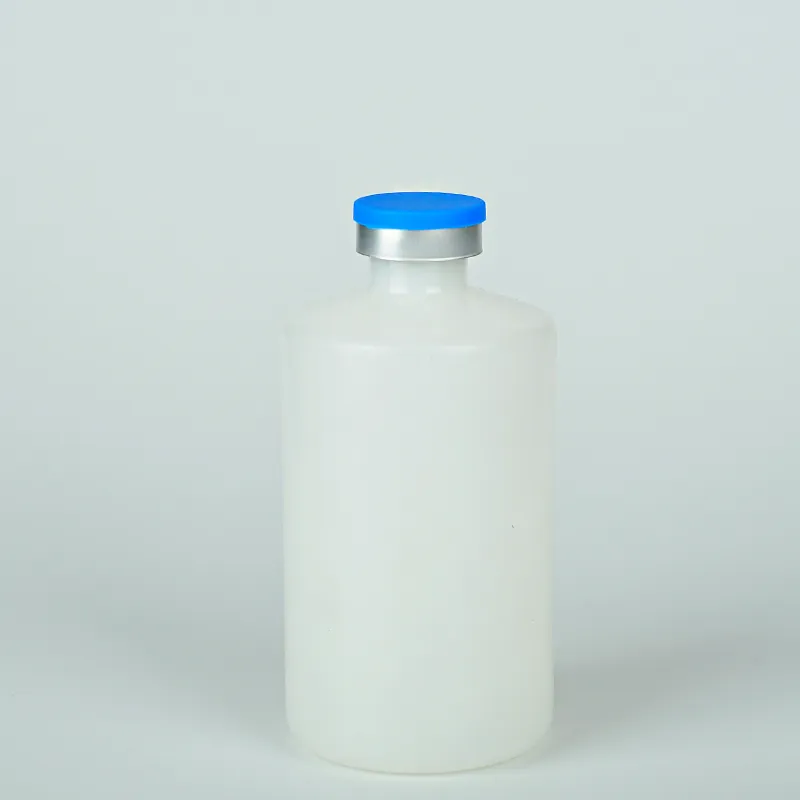
The Meticulous Manufacturing Process: Ensuring Precision and Sterility
The production of medical-grade plastic vials like the 28 Mouthfuls 100ml 25ml White Plastic Vaccine Vial Laboratory Veterinary Medicine Liquid Vial is a highly controlled and sophisticated process, demanding stringent adherence to quality and purity standards. It primarily utilizes advanced injection molding or injection blow molding techniques within certified cleanroom environments.
Detailed Manufacturing Workflow:
- Material Selection and Preparation: The process begins with sourcing high-purity, virgin medical-grade polymers (typically HDPE or PP) from reputable suppliers. These materials are rigorously tested for biocompatibility (e.g., USP Class VI), low extractables, and consistent melt flow properties. They are then dried and prepared to eliminate any moisture that could affect the molding process or product integrity.
- Injection Molding (for Vials) / Injection Blow Molding (for some bottle types):
- Injection Molding (Common for Vials): Polymer pellets are fed into an injection molding machine, where they are heated to a molten state. The molten plastic is then injected under high pressure into precisely engineered steel molds that define the vial's shape, including the neck finish for the "28 Mouthfuls" closure. This process ensures high dimensional accuracy and repeatability.
- Injection Blow Molding (for complex shapes or larger bottles): This two-stage process involves first injection molding a "preform" (a test-tube like shape) that includes the finished neck of the vial. The preform is then transferred to a blow molding station, reheated, and inflated within a second mold to achieve the final vial shape and volume. This method is excellent for maintaining neck precision while achieving uniform wall thickness.
- Cooling and Demolding: Once injected, the plastic cools rapidly within the mold. Precision cooling channels ensure uniform cooling, preventing warpage and internal stresses. After sufficient cooling, the molds open, and the finished vials are automatically ejected.
- Deflashing and Trimming (if applicable): Any excess plastic (flash) is carefully removed, ensuring smooth edges and consistent dimensions, particularly around the crucial sealing surface of the vial neck.
- Quality Control and Inspection: This is a multi-stage, continuous process:
- Online Inspection: Automated vision systems and sensors monitor dimensions, wall thickness, material defects, and particulate contamination in real-time during production.
- Offline Destructive Testing: Samples are regularly pulled for rigorous testing, including:
- Leakage Testing: Using vacuum decay or pressure differential methods (e.g., per ASTM D4991, USP <1207>) to confirm container111 closure integrity.
- Dimensional Verification: Using calipers, micrometers, and optical comparators to ensure adherence to precise specifications.
- Physical Properties: Drop tests, crush tests, and torque tests on caps to assess durability and tamper-evidence.
- Chemical Analysis: Extractables and leachables studies to ensure no harmful substances migrate from the plastic to the contents (e.g., per USP <1663>, <1664>).
- Cleanroom Processing and Packaging: All subsequent handling, from inspection to packaging, occurs within ISO Class 7 or ISO Class 8 cleanroom environments. This minimizes particulate and microbial contamination. Vials are typically double-bagged or packed in sterile, sealed container111s to maintain their cleanliness until use.
- Sterilization (Optional but Common): Depending on customer requirements, vials may undergo terminal sterilization via validated methods such as gamma irradiation (ISO 11137) or ethylene oxide (EtO) sterilization (ISO 11135), ensuring a guaranteed sterility assurance level (SAL).
This meticulous process ensures that each 28 Mouthfuls 100ml 25ml White Plastic Vaccine Vial Laboratory Veterinary Medicine Liquid Vial meets the rigorous demands of the medical and veterinary industries, delivering a safe, reliable, and high-performance container111.

Versatile Application Scenarios: Where These Vials Excel
The design and material properties of the 28 Mouthfuls 100ml 25ml White Plastic Vaccine Vial Laboratory Veterinary Medicine Liquid Vial make it indispensable across a spectrum of critical applications. Its robustness, chemical inertness, and light protection attributes are particularly valued.
- Vaccine Distribution & Administration: This is a primary application. The vials are ideal for holding various vaccine types, from viral vector vaccines to mRNA vaccines, particularly those requiring protection from light and stable containment during transport and storage. Their durability reduces the risk of breakage during handling, crucial in mass vaccination campaigns or remote healthcare settings where glass vials might be impractical.
- Veterinary Medicine: Essential for animal health, these vials store a wide range of veterinary biologics, therapeutics, and diagnostic reagents. The varying capacities (25ml for small animal doses, 100ml for larger livestock or multi-dose use) offer flexibility for veterinarians and livestock managers. Their resilience makes them suitable for field use.
- Laboratory Research & Diagnostics: In research laboratories, these vials serve as reliable container111s for cell culture media, buffers, stock solutions, and highly sensitive reagents. The opaque white design protects light-sensitive compounds, while the secure closure prevents evaporation and contamination, critical for maintaining experimental integrity and reproducibility. They are widely used in molecular biology, biochemistry, and clinical diagnostics.
- Pharmaceutical Compounding & Storage: Pharmacies and compounding facilities can use these vials for preparing custom formulations, storing active pharmaceutical ingredients (APIs) in liquid form, or packaging over-the-counter liquid medications that benefit from light protection.
- Biologics & Biopharmaceutical Storage: Given the sensitivity of biologics (e.g., antibodies, enzymes, protein solutions), secure and inert packaging is paramount. These vials provide an excellent barrier against environmental factors, crucial for maintaining the potency and stability of high-value biopharmaceuticals.
Example of Advantage: In remote regions requiring cold chain management for vaccines, the lightweight and shatter-resistant nature of these plastic vials significantly reduces logistical burdens and the risk of product loss compared to heavier, fragile glass alternatives. This contributes to a more efficient and cost-effective delivery of essential medicines.
Technical Advantages and Manufacturer Comparison
The choice of packaging profoundly impacts product integrity and supply chain efficiency. Plastic vials offer several compelling advantages over traditional glass, especially in the context of the 28 Mouthfuls 100ml 25ml White Plastic Vaccine Vial Laboratory Veterinary Medicine Liquid Vial.
Key Technical Advantages of White Plastic Vials:
- Enhanced Durability & Safety: Unlike glass, plastic vials are shatter-resistant, significantly reducing breakage during transport, handling, and accidental drops. This enhances safety for healthcare workers, veterinarians, and laboratory personnel, and minimizes product loss due to container111 damage.
- Light Protection: The opaque white material effectively blocks harmful UV and visible light wavelengths, critical for preserving the potency and stability of light-sensitive pharmaceutical compounds, vaccines, and reagents. This extends shelf-life and ensures product efficacy.
- Chemical Resistance: High-grade HDPE and PP exhibit excellent resistance to a wide range of chemicals, solvents, and biological substances, preventing leaching or degradation of the vial material and ensuring the purity of the contents.
- Lighter Weight: Plastic vials are significantly lighter than their glass counterparts, leading to reduced shipping costs and lower carbon footprint during transportation. This is particularly beneficial for large-scale distribution programs.
- Cost-Effectiveness: While initial material costs might vary, the overall cost-effectiveness often comes from reduced breakage, lower shipping expenses, and potentially faster filling line speeds due to less fragility.
- Design Flexibility: Plastic molding allows for greater design flexibility, enabling features like specific neck finishes ("28 Mouthfuls" security), ergonomic grips, and integrated tamper-evident seals.
Manufacturer Comparison (Focusing on Core Competencies):
| Feature/Attribute | WK Packing (Example of High-Standard Manufacturer) | Generic Competitor A (Cost-Focused) | Generic Competitor B (Standard Quality) |
|---|---|---|---|
| Material Quality & Certifications | Uses only virgin, USP Class VI HDPE/PP. ISO 13485 (Medical Devices), FDA DMF Type III, GMP compliant. Rigorous material incoming inspection. |
May use recycled content or lower-grade polymers. Basic ISO 9001. Less stringent material testing. |
Standard virgin material. ISO 9001. Limited specialized medical certifications. |
| Manufacturing Environment | ISO Class 7/8 Cleanroom for all production, inspection, and packaging. |
Standard industrial environment, not always cleanroom certified for all steps. |
May use controlled environments, but not always full cleanroom standard. |
| Process Control & QC | Automated vision inspection, continuous statistical process control (SPC). Extensive batch testing (leakage, dimensions, extractables). Dedicated QC team. |
Manual checks, spot testing. Limited automation in QC. Basic compliance to standards. |
Routine QC checks, some automated. Standard defect rate tolerance. |
| Customization Capabilities | Full-spectrum custom mold design, color matching, volume adjustments, specialized closure integration, branding/labeling services. Engineering support. |
Limited customization options, primarily standard molds. Basic color matching. |
Some customization on existing molds, minimal design support. |
| Post-Production Services | Gamma or EtO sterilization services, specialized packaging, global logistics support, technical documentation (CoA, CofC). |
Basic packaging, no in-house sterilization. Customer arranges external sterilization. |
Standard packaging. May offer referrals for sterilization. |
| Lead Time (typical) | 4-6 weeks for custom orders; 1-2 weeks for stock items. |
6-10 weeks for custom; 2-3 weeks for stock. |
5-8 weeks for custom; 2 weeks for stock. |
| Price Point | Premium, reflecting high quality, compliance, and service. |
Competitive, focusing on low initial cost. |
Mid-range, balancing cost and standard quality. |
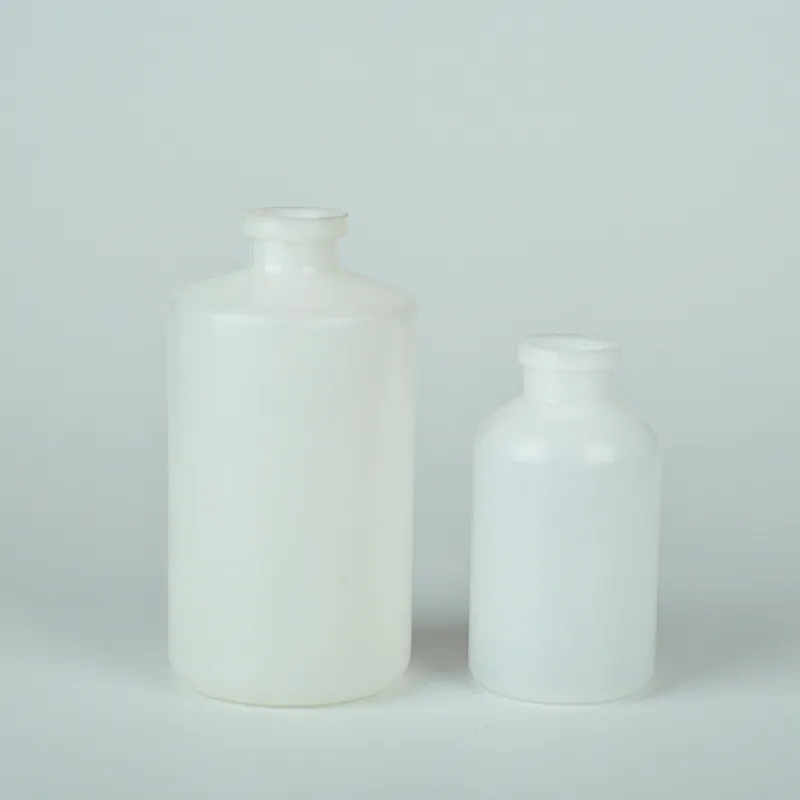
Customization Solutions and Partnership Excellence
Beyond standard offerings, the ability to provide tailored solutions is a hallmark of a leading manufacturer. For products like the 28 Mouthfuls 100ml 25ml White Plastic Vaccine Vial Laboratory Veterinary Medicine Liquid Vial, customization can involve specific volumes, unique neck finishes to integrate with proprietary closures, specialized material blends for enhanced chemical compatibility, or custom colors for brand differentiation or light filtration. A robust manufacturer offers comprehensive design and engineering support, from concept to mass production, ensuring the customized vial perfectly integrates with the client's filling lines and product requirements. This consultative approach is invaluable for pharmaceutical and veterinary companies developing new drug formulations or optimizing existing packaging.
Case Study: Vaccine Cold Chain Optimization
A major pharmaceutical company faced challenges distributing a new temperature-sensitive vaccine to remote clinics. Their existing glass vials were prone to breakage during transit and contributed significantly to shipping weight, increasing costs for refrigerated transport. Partnering with a specialized plastic vial manufacturer, they switched to the 28 Mouthfuls 100ml 25ml White Plastic Vaccine Vial Laboratory Veterinary Medicine Liquid Vial. The opaque white plastic provided necessary UV protection, while the robust, lightweight design reduced breakage by 90% and shipping weight by 30%. The secure "28 Mouthfuls" closure ensured product integrity even with temperature fluctuations. This transition not only improved supply chain reliability but also resulted in an estimated 15% reduction in overall distribution costs, demonstrating the tangible benefits of selecting superior plastic packaging.
Another instance involved a veterinary diagnostic lab seeking to package a new range of light-sensitive diagnostic reagents. They required a 25ml vial with a specific dropper insert compatibility. Through close collaboration with the manufacturer, a custom variant of the 28 Mouthfuls 100ml 25ml White Plastic Vaccine Vial Laboratory Veterinary Medicine Liquid Vial was developed, featuring a modified neck and a validated dropper fit, ensuring both light protection and accurate dispensing for field veterinarians. This partnership enabled the lab to bring their innovative product to market faster and with greater confidence in its stability.
Enhancing Trustworthiness: Certifications, Warranties, and Support
For critical applications in healthcare, trustworthiness is paramount. A reputable supplier of 28 Mouthfuls 100ml 25ml White Plastic Vaccine Vial Laboratory Veterinary Medicine Liquid Vial products should provide transparent information regarding their quality systems, product warranties, and customer support.
- Industry Certifications: Look for ISO 9001 for quality management systems and, more importantly, ISO 13485 for medical device quality management. Compliance with FDA 21 CFR Part 210/211 (Good Manufacturing Practices) and potentially FDA Drug Master File (DMF) registration (Type III for packaging materials) demonstrates adherence to the highest regulatory standards.
- Quality Assurance: Comprehensive Certificate of Analysis (CoA) and Certificate of Conformance (CoC) should accompany every batch, detailing material properties, dimensions, and test results.
- Warranty and Service Life: A typical warranty for these high-quality plastic vials might range from 1 to 5 years against manufacturing defects, assuming proper storage and handling. The practical service life, when integrated with a stable product, can extend well beyond this, often correlating with the expiration date of the product they contain, especially with robust sealing.
- Delivery and Lead Times: Clear communication on lead times for both standard and custom orders is crucial for supply chain planning. Reputable manufacturers maintain sufficient stock for popular items and offer realistic, transparent timelines for specialized production, typically 1-2 weeks for stock items and 4-8 weeks for custom molds or larger batches.
- Customer Support: Robust technical support, including access to material experts, regulatory specialists, and dedicated account managers, ensures that any questions or issues can be promptly addressed.

Frequently Asked Questions (FAQs) about Plastic Vaccine Vials
- Q1: What materials are typically used for the 28 Mouthfuls 100ml 25ml White Plastic Vaccine Vial Laboratory Veterinary Medicine Liquid Vial, and why?
- A1: These vials are typically made from high-grade virgin High-Density Polyethylene (HDPE) or Polypropylene (PP). These materials are chosen for their excellent chemical inertness (low reactivity with contents), low extractables/leachables (minimal transfer of substances from plastic to liquid), durability (shatter-resistance), and compatibility with common sterilization methods. They often meet USP Class VI standards for biocompatibility.
- Q2: How does the "white" color of the vial benefit sensitive contents like vaccines?
- A2: The opaque white coloration provides superior protection against harmful ultraviolet (UV) light and certain wavelengths of visible light. Many vaccines, biologics, and chemical reagents are photosensitive and can degrade or lose potency when exposed to light. The white plastic acts as a barrier, preserving the stability and efficacy of the contents over time, thus extending their shelf life.
- Q3: What does "28 Mouthfuls" refer to in the product name?
- A3: While not a universally standardized term, "28 Mouthfuls" in this context refers to a specific, highly secure, and possibly multi-threaded or unique mechanical closure design for the vial. This advanced sealing mechanism is engineered to ensure superior leak-proof integrity, tamper-evidence, and ease of opening/re-closing while preventing contamination, which is paramount for vaccine and laboratory liquid containment.
- Q4: Are these plastic vials compatible with automated filling lines used in pharmaceutical production?
- A4: Yes, a key design consideration for the 28 Mouthfuls 100ml 25ml White Plastic Vaccine Vial Laboratory Veterinary Medicine Liquid Vial is its dimensional consistency and robust construction, which ensures compatibility with high-speed automated filling, capping, and labeling equipment. Manufacturers adhere to tight tolerances to minimize downtime and maximize efficiency on production lines.
- Q5: What sterilization methods can be used with these plastic vaccine vials?
- A5: Depending on the specific polymer grade, these vials are typically compatible with common industrial sterilization methods. The most prevalent methods include gamma irradiation (e.g., Cobalt-60), ethylene oxide (EtO) gas sterilization, and sometimes autoclaving (steam sterilization at high temperatures), though autoclaving compatibility depends heavily on the specific plastic formulation. Manufacturers will provide validation data for compatible methods.
- Q6: How do these plastic vials compare to traditional glass vials in terms of safety and cost?
- A6: Plastic vials offer significant safety advantages, primarily being shatter-resistant, which reduces the risk of breakage, injury, and product loss. They are also lighter, leading to reduced shipping costs. While the per-unit material cost of plastic can vary, the overall cost-effectiveness often comes from reduced breakage, lower freight expenses, and improved efficiency in handling compared to fragile glass vials, making them a highly competitive alternative in many applications.
- Q7: What quality certifications should I look for when sourcing these vials?
- A7: For medical and pharmaceutical applications, essential certifications include ISO 9001 (general quality management), ISO 13485 (quality management for medical devices, highly relevant here), and compliance with Good Manufacturing Practices (GMP), often reflected in FDA 21 CFR Part 210/211 guidelines. Additionally, material suppliers should provide USP Class VI certification for biocompatibility, and the vial manufacturer may have an FDA Drug Master File (DMF) for their products.
Conclusion and Industry Outlook
The 28 Mouthfuls 100ml 25ml White Plastic Vaccine Vial Laboratory Veterinary Medicine Liquid Vial represents the pinnacle of modern pharmaceutical and veterinary packaging design. Its combination of robust material science, precision manufacturing, superior light protection, and versatile application makes it an invaluable asset in safeguarding critical liquid formulations. The shift towards such advanced plastic solutions is not merely a trend but a fundamental evolution driven by the imperative for enhanced product safety, supply chain efficiency, and cost-effectiveness in a rapidly expanding global healthcare landscape.
As pharmaceutical research pushes the boundaries of new biologics and gene therapies, and as global health initiatives demand broader vaccine distribution, the role of reliable and high-performance packaging will only become more pronounced. Manufacturers who prioritize material quality, stringent cleanroom production, comprehensive quality control, and adaptive customization will continue to lead the market, providing the foundational containment solutions that enable medical breakthroughs and improve public health worldwide.
References & Further Reading:
- Grand View Research. (2023). Pharmaceutical Packaging Market Size, Share & Trends Analysis Report. Retrieved from https://www.grandviewresearch.com/industry-analysis/pharmaceutical-packaging-market
- PDA Journal of Pharmaceutical Science and Technology. (Various articles on container111 closure integrity and material compatibility). Example: https://journal.pda.org/
- U.S. Food and Drug Administration (FDA) Guidance for Industry: Container and Closure Integrity Testing in Sterile Product Applications. (2026, projected update). Current guidances can be found at https://www.fda.gov/drugs/guidance-compliance-regulatory-information/guidances-drugs
- USP (United States Pharmacopeia) General Chapters on Packaging and Storage. For example, USP <661.1> "Plastic Materials of Construction" and <661.2> "Plastic Packaging Systems for Pharmaceutical Use." Available via https://www.usp.org/ (subscription often required for full access).
- ISO (International Organization for Standardization) Standards for Medical Devices and Sterilization: https://www.iso.org/standards.html
-
Durable Brown Plastic Vaccine Vials for Lab & Vet MedicineNewsAug.08,2025
-
Secure 250ml Blue Translucent Medical Plastic Vaccine VialsNewsAug.07,2025
-
28mm White Plastic Vet Vaccine Vial | 100ml & 25mlNewsAug.06,2025
-
Brown Plastic Vaccine Vials for Vet Labs | Premium QualityNewsAug.05,2025
-
Premium Leak-Proof Medicine Liquid Bottles - Safety AssuredNewsAug.04,2025



